People who learn to take responsibility for their own actions could save me a lot of money.
They
- have less kids born into families that cannot support them saving me money on social programs
- are less likely to contract STDs especially HIV thus saving me money on STD prevention and treatment programs
- graduate from high school (and college and grad school) thus qualifying them to be in higher tax brackets and save me from higher tax rates and subsidizing their living costs
- live longer because they forgo tobacco and drinking alcohol to excess thus saving the entire health care system from huge wasted services
- pick up their garbage and put it in trash receptacles thus saving me having to pay someone to pick up after them
- recycle thus cutting the bill for environmental cleanup
The USA should incentivize self responsibility by granting payments to
- every student who ever graduates from high school
- every student who ever graduates from college
- every student who ever earns a graduate degree
- every 18 year old who has never had an STD
- every 18 year old woman who has never been pregnant
- every 18 year old man who has never fathered a child
- every 21 year old who has never been convicted of a DUI offense
- every 21 year old who has never used tobacco
- every 21 year old who has a “normal” weight and is neither obese nor dangerously underweight
- every 40 year old who has a “normal” weight and is neither obese nor dangerously underweight
- every 50 year old who has never been convicted of a DUI offense
- every 60 year old who has a “normal” weight and is neither obese nor dangerously underweight
Incentives would be in the form of one-time tax credits for the individual or the individual’s family. This means that incentives are only paid to workers and their families.
Oh, the government would supply free voluntary services to all residents on birth control methods including condoms freely available to all children old enough to conceive, unlimited voluntary counseling on avoiding self destructive behaviors, unlimited voluntary counseling on leading a healthy life, and unlimited voluntary counseling for reasons of family instability, mental health, child rearing, and birth control. None of these free services would include any components related to any religion. And legitimate and effective education at all levels from preschool through college would be free to any American resident of any age and with support services to ensure anyone can graduate.
If the USA were to provide fairly significant incentives for learning and exercising self responsible behaviors we could produce a citizenry that creates less problems and is less dependent upon social network and support programs for themselves and their children. This will leave a lot of money to spend on those who truly cannot deal with their own medical and psychological problems no matter what they personally do and probably leave some over for lower tax rates.
Wow. Incentives for studying, working hard, becoming a productive member of society, and paying for needed and fully effective programs for all of those who have mental or physical or developmental disease and cannot legitimately assume full responsibility for all aspects of their lives.
I’d love to see a similar set of ways to incentivize healthcare and education workers. Small increases in productivity and job satisfaction among these critical citizens saves a lot of money and produces a much more healthy society.
Oh, I know, I am a dreamer. After all, my proposal could never make it through Congress. Even though it will save lots of money, promote better lives through self responsibility, and leave sufficient resources for those who truly need medical and mental health services because of factors beyond their control, this is truly an anti-American proposal that expects self responsibility and does not let big religion bully small religions, agnostics, or atheists around.
Every once in a while we need a little revolution.
Imagine.
[Musings of a very liberal, very capitalist, individual who believes in self responsibility and taking care of anyone who cannot take care of themselves with first-rate, state-of-the-art programs.]







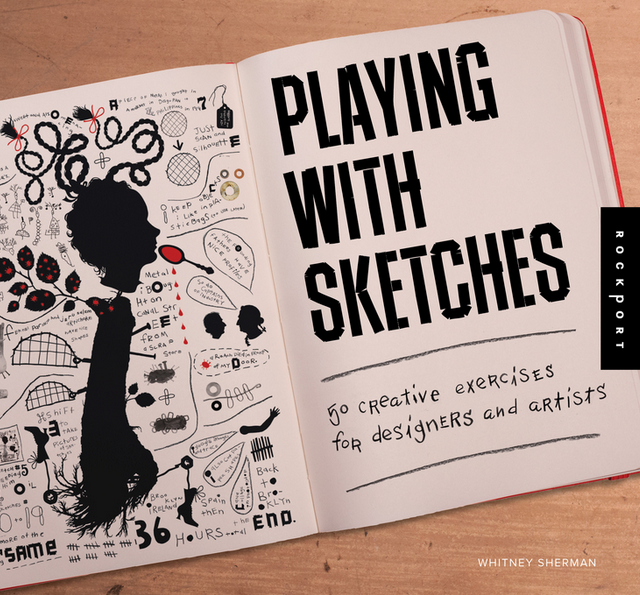


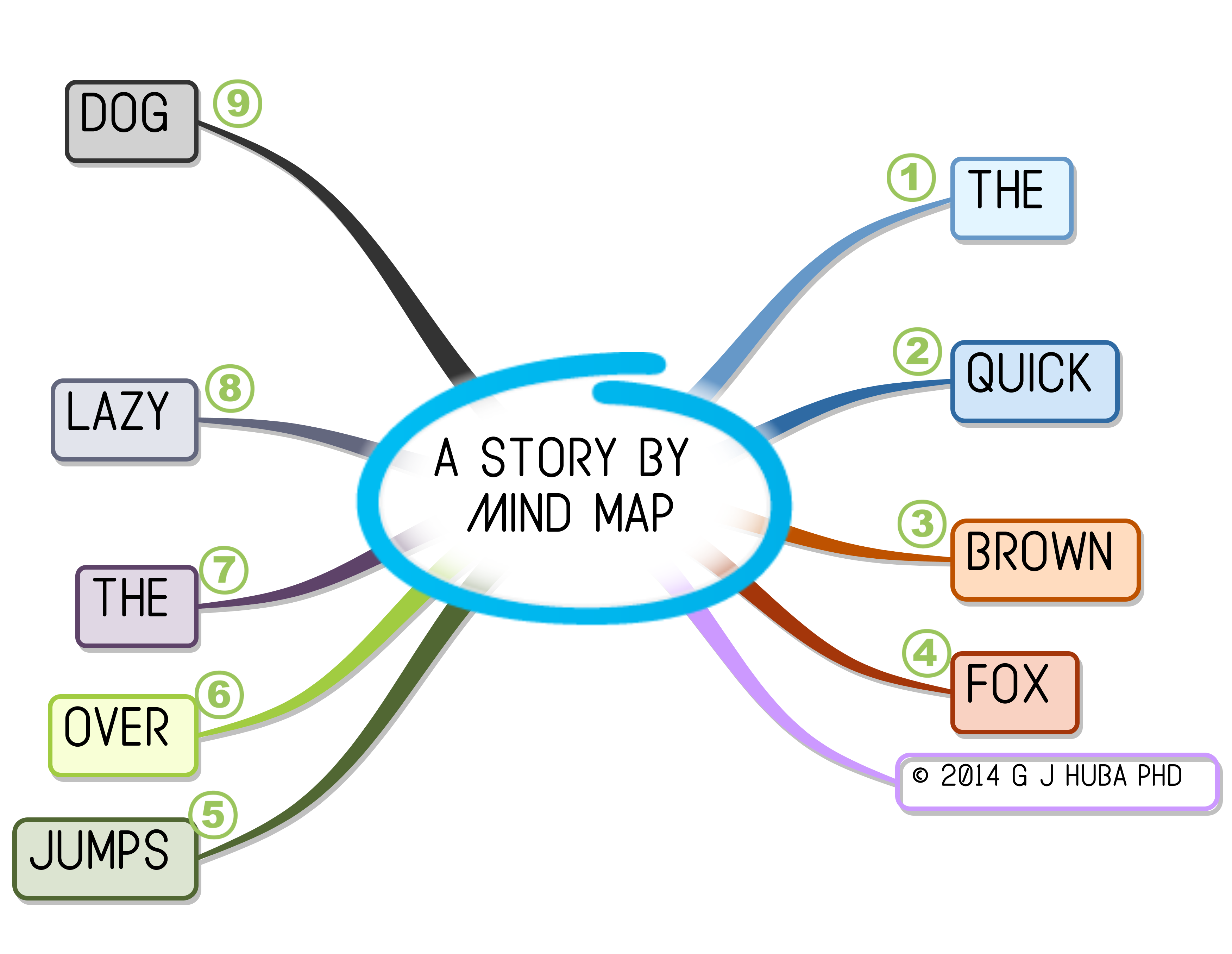



















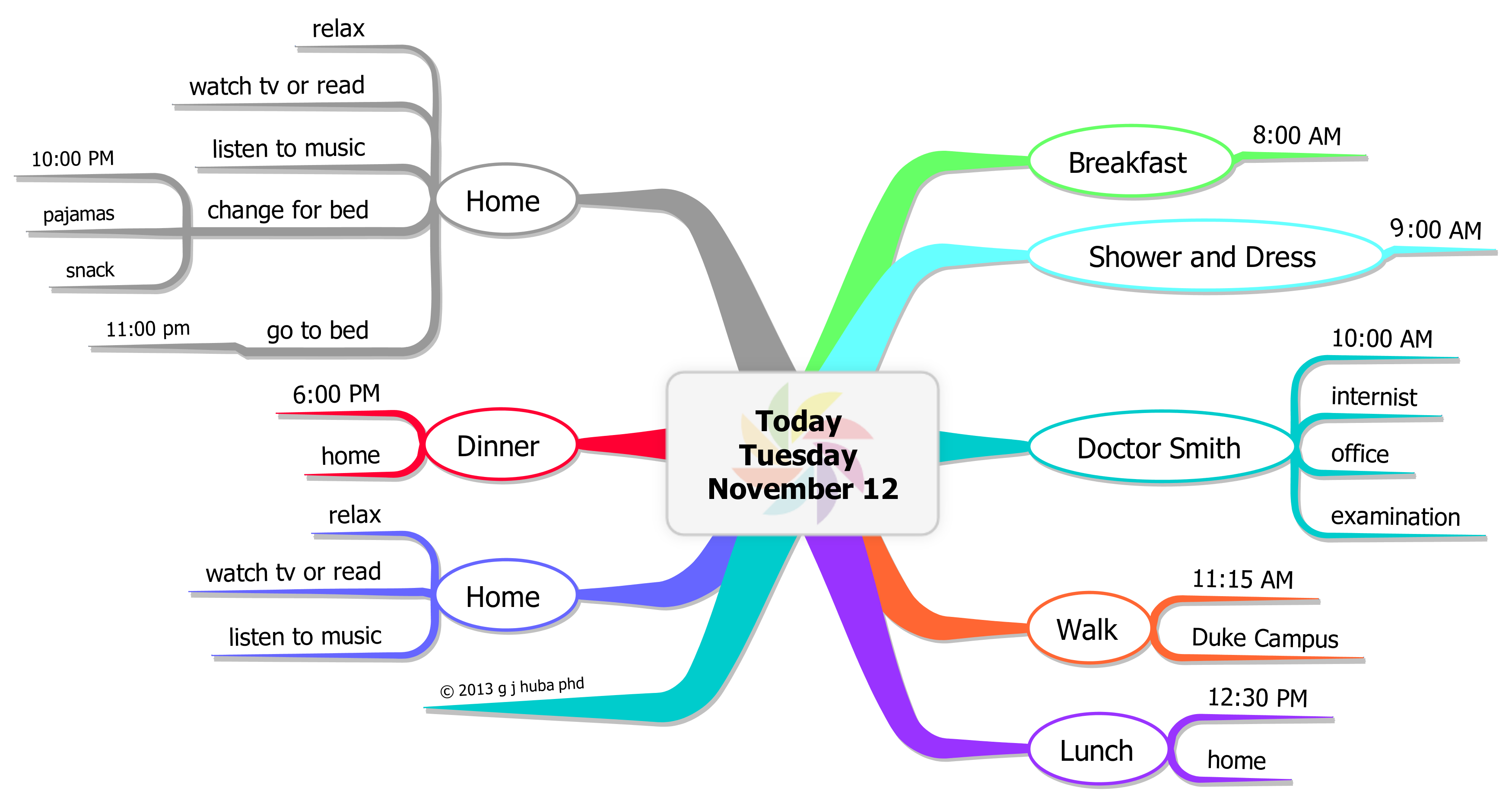

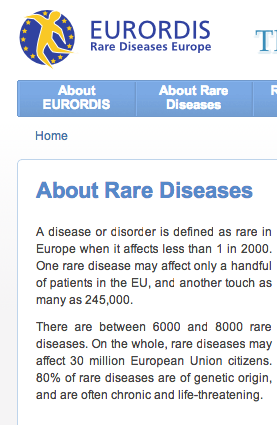
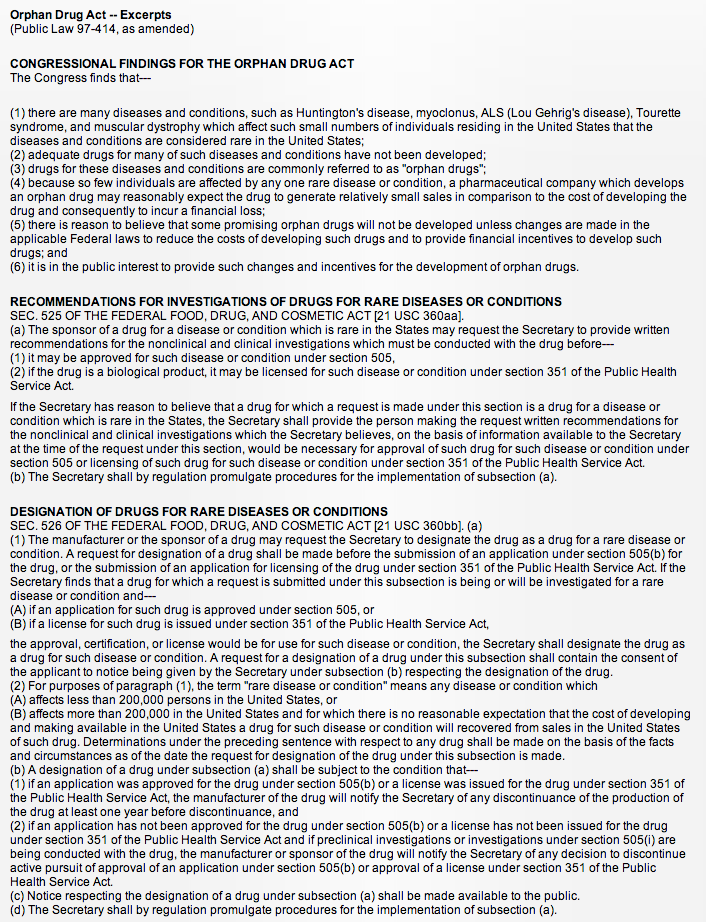








![Mind Map of Guilt [Well Not Really]](http://hubaisms.com/wp-content/uploads/2013/08/mind-map-of-guilt-well-not-really.png)





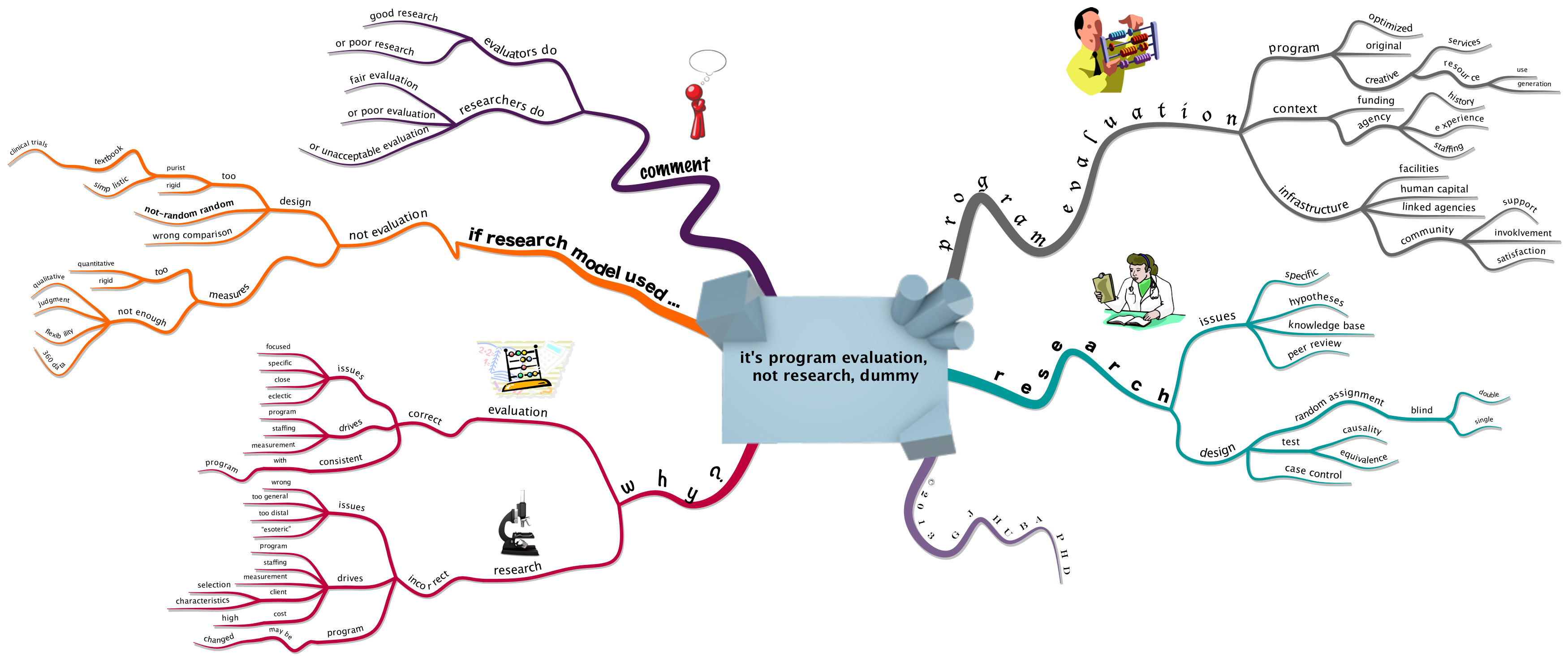



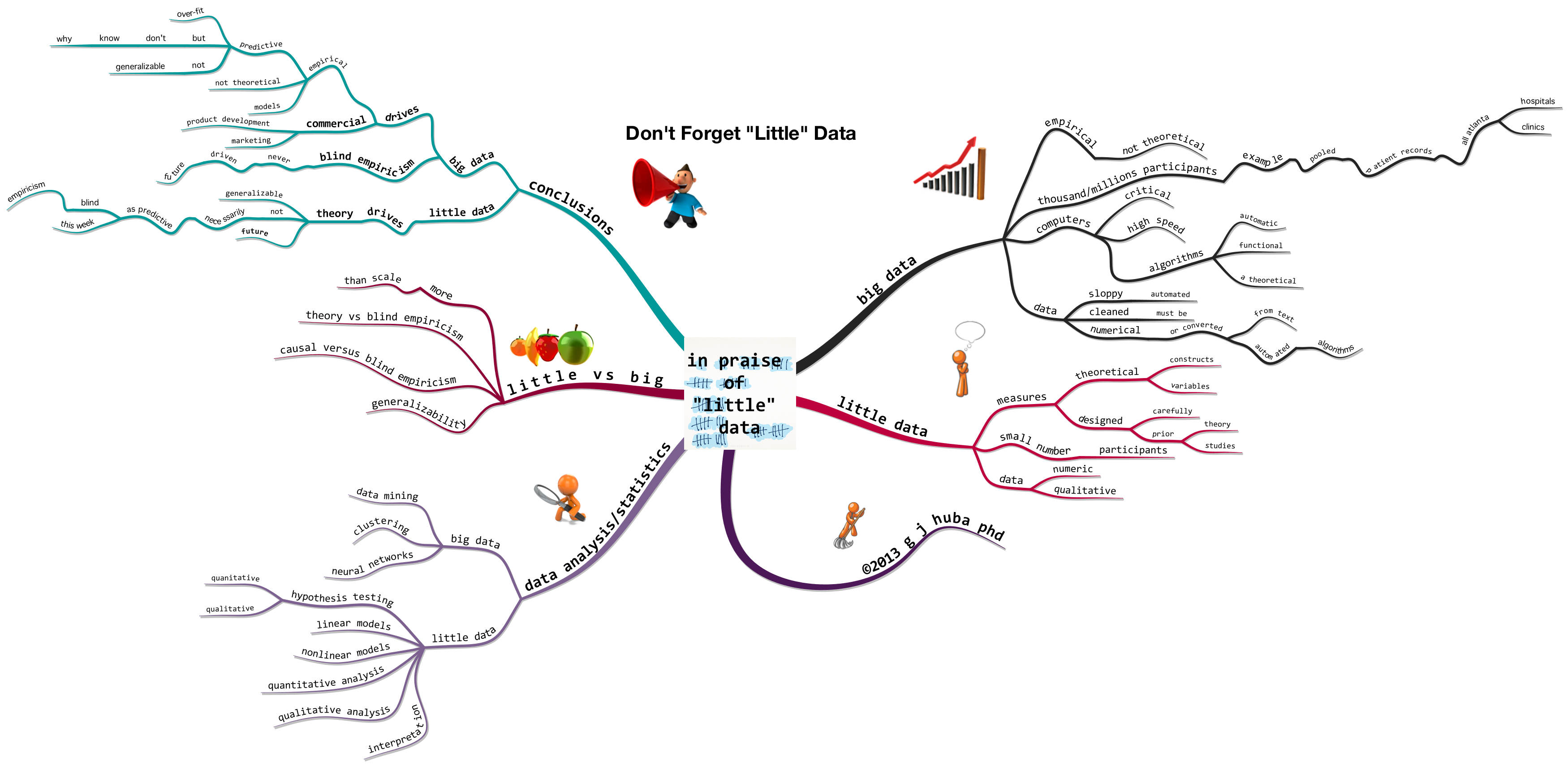

![[almost free] strategies to improve healthcare](http://hubaisms.com/wp-content/uploads/2013/04/almost-free-strategies-to-improve-healthcare.png?w=922)
